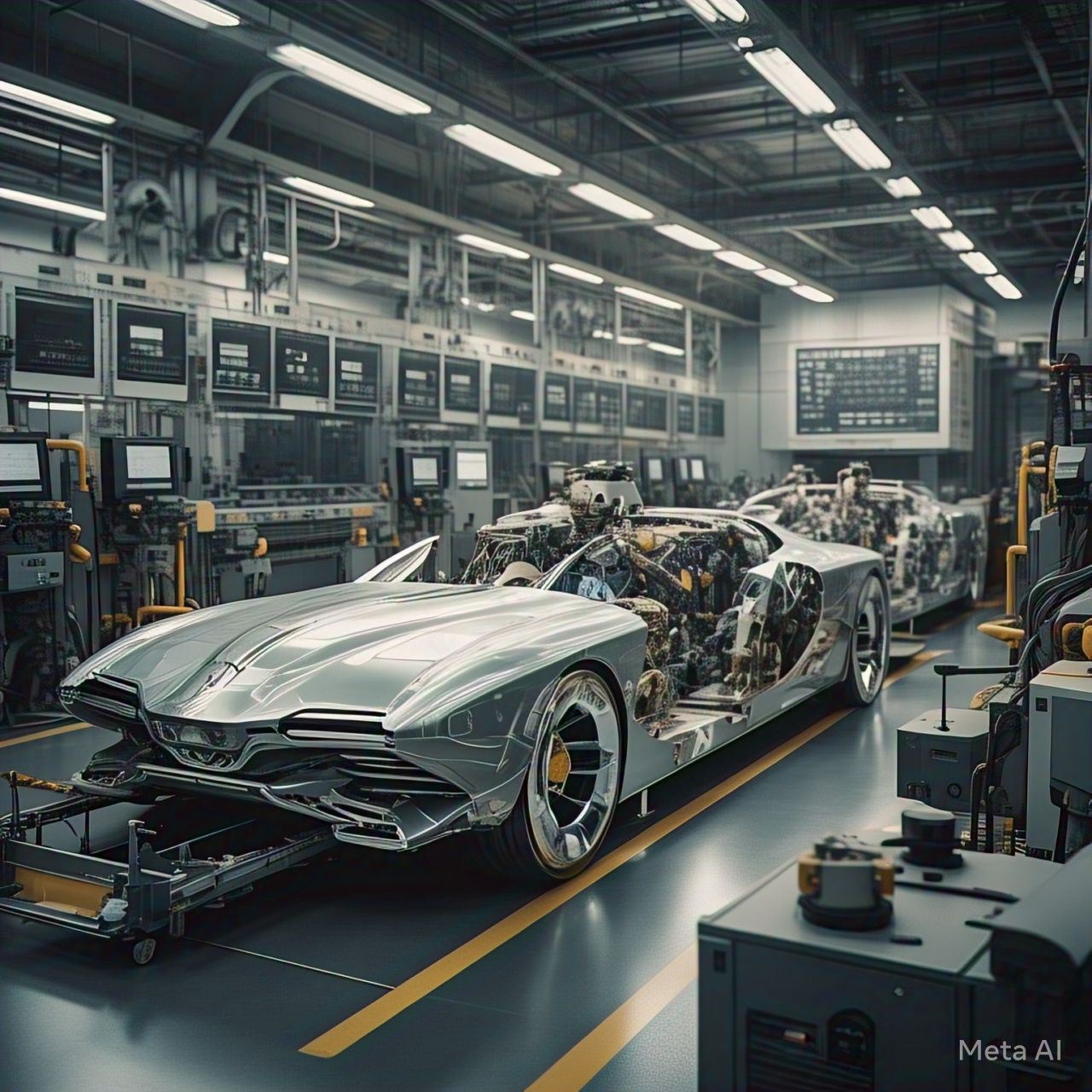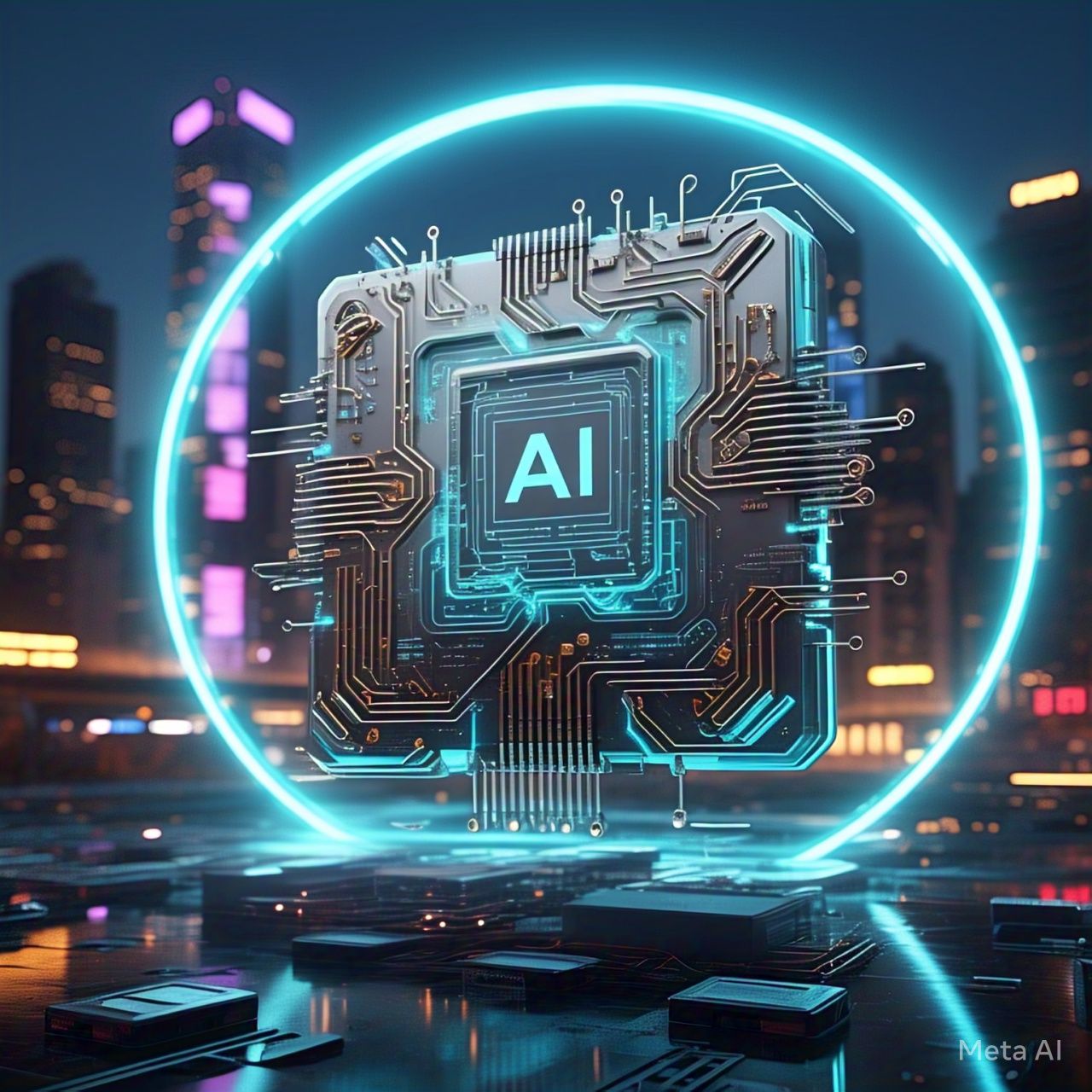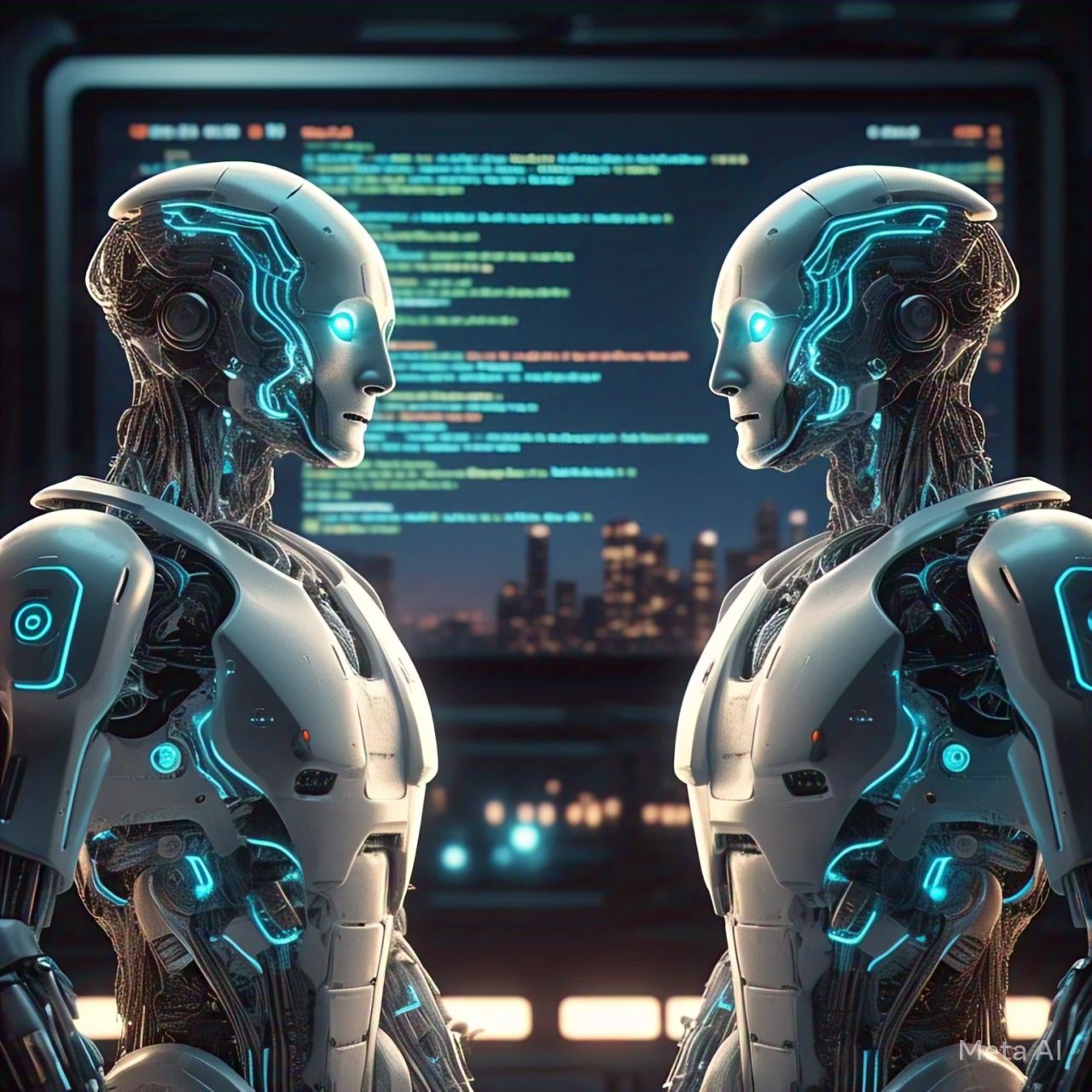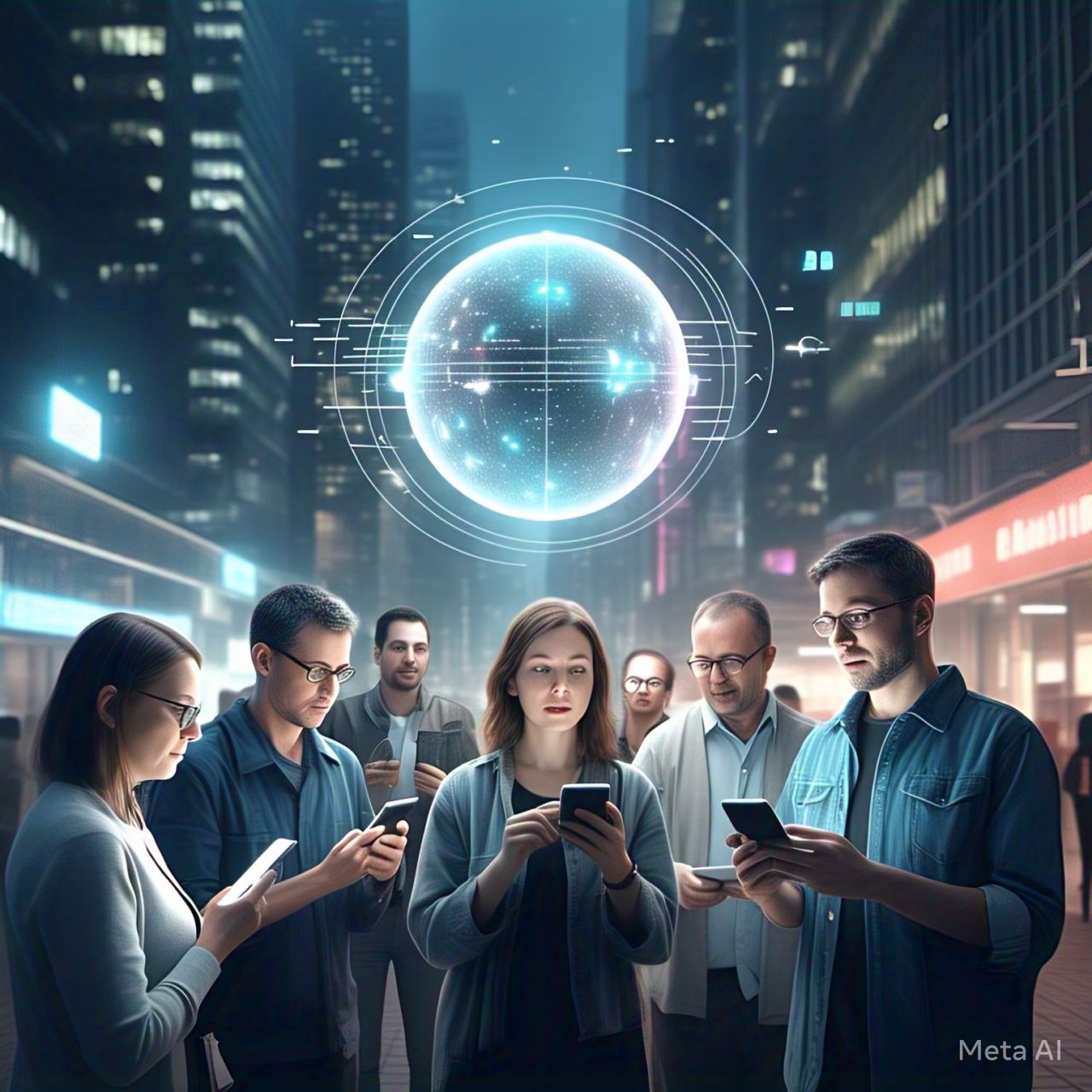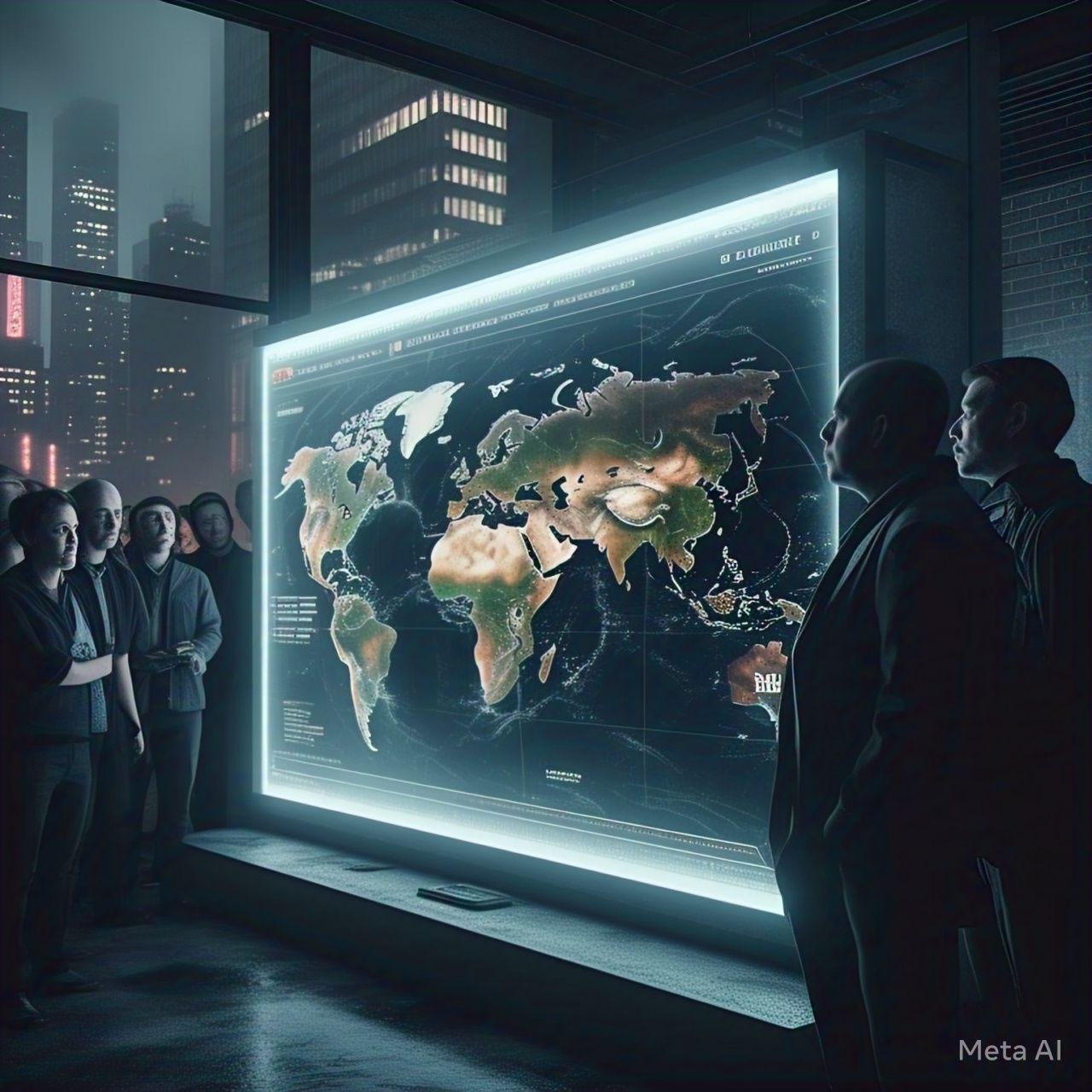Table of Contents
- Introduction
- AI in Autonomous Vehicles
- AI-Powered Manufacturing and Production
- AI in Vehicle Safety and Driver Assistance
- AI in Predictive Maintenance and Repairs
- AI in Connected Cars and Smart Infotainment Systems
- AI in Supply Chain and Logistics Optimization
- Challenges and Ethical Considerations
- The Future of AI in the Automotive Industry
- FAQs
- Conclusion
- References
1. Introduction
Artificial Intelligence (AI) is revolutionizing the automotive industry, enabling smarter, safer, and more efficient vehicles. From autonomous driving to intelligent manufacturing, AI is transforming the way cars are designed, built, and operated. With the integration of machine learning, computer vision, and neural networks, the industry is experiencing a shift towards automation and enhanced user experiences.
2. AI in Autonomous Vehicles
Self-driving cars rely heavily on AI to interpret sensor data and make real-time decisions. AI-driven systems analyze inputs from LiDAR, cameras, radar, and GPS to navigate roads, detect objects, and avoid collisions. Companies like Tesla, Waymo, and NVIDIA are at the forefront of autonomous driving technology.
Key AI Technologies in Autonomous Vehicles:
- Computer Vision: Identifies objects, pedestrians, and road signs.
- Deep Learning: Improves decision-making by learning from real-world driving data.
- Sensor Fusion: Combines multiple data sources for accurate environmental perception.
- Path Planning Algorithms: Determines optimal driving routes and maneuvers.
3. AI-Powered Manufacturing and Production
AI is streamlining automotive production lines through automation and robotics. AI-driven robots assemble vehicles with precision, reducing human errors and increasing efficiency.
Applications of AI in Manufacturing:
- Predictive Maintenance: Identifies potential equipment failures before they occur.
- Quality Control: AI-powered computer vision detects defects in components.
- Supply Chain Management: AI optimizes inventory levels and logistics.
4. AI in Vehicle Safety and Driver Assistance
AI enhances vehicle safety with Advanced Driver Assistance Systems (ADAS). These systems provide real-time feedback and assist drivers in avoiding accidents.
Key AI-Driven Safety Features:
- Adaptive Cruise Control: Automatically adjusts speed based on traffic conditions.
- Lane Keeping Assist: Ensures the vehicle stays within its lane.
- Collision Avoidance Systems: Detects and warns about potential obstacles.
- Driver Monitoring Systems: Alerts drowsy or distracted drivers.
5. AI in Predictive Maintenance and Repairs
AI helps in diagnosing vehicle issues before they lead to failures. AI-driven predictive maintenance analyzes sensor data to predict component wear and schedule timely repairs.
Benefits of AI in Predictive Maintenance:
- Reduces downtime and maintenance costs.
- Enhances vehicle reliability and lifespan.
- Provides real-time alerts for service needs.
6. AI in Connected Cars and Smart Infotainment Systems
AI enables connected cars, where vehicles communicate with each other and infrastructure (V2V and V2X communication). AI also powers infotainment systems with voice assistants and personalized recommendations.
AI Features in Connected Cars:
- Voice Recognition: AI assistants like Alexa, Google Assistant, and Siri.
- Personalized Navigation: AI suggests optimized routes based on user behavior.
- Smart Climate Control: Adjusts temperature based on passenger preferences.
7. AI in Supply Chain and Logistics Optimization
AI optimizes supply chain operations for automakers, improving efficiency and reducing costs.
AI Applications in Supply Chain:
- Demand Forecasting: Predicts vehicle demand based on market trends.
- Autonomous Warehouses: Uses AI-powered robots for inventory management.
- Route Optimization: AI optimizes delivery routes for parts and vehicles.
8. Challenges and Ethical Considerations
Despite AI’s benefits, there are challenges to its implementation.
Key Challenges:
- High Development Costs: AI integration requires significant investment.
- Cybersecurity Risks: Connected vehicles are vulnerable to cyber threats.
- Legal and Ethical Issues: Who is responsible for autonomous vehicle accidents?
9. The Future of AI in the Automotive Industry
AI will continue to evolve, bringing advancements like fully autonomous vehicles, AI-driven traffic management, and hyper-personalized in-car experiences.
Future Trends:
- Level 5 Autonomy: Fully self-driving cars without human intervention.
- AI-Powered Traffic Systems: Reducing congestion and improving road safety.
- Energy-Efficient AI: Lowering emissions with smart energy management.
10. FAQs
Q1: How does AI improve vehicle safety? AI enhances safety through ADAS, real-time monitoring, and accident prevention systems.
Q2: Will AI completely replace human drivers? While AI is advancing, human oversight is still necessary in most cases.
Q3: Are AI-powered cars more expensive? Initially, yes, but mass adoption will reduce costs over time.
Q4: How does AI impact automotive jobs? AI automates repetitive tasks but also creates new jobs in AI development and maintenance.
Q5: What companies are leading in automotive AI? Tesla, Waymo, NVIDIA, BMW, and Mercedes-Benz are among the top players.
11. Conclusion
AI is transforming the automotive industry, making vehicles smarter, safer, and more efficient. From self-driving technology to AI-driven manufacturing and predictive maintenance, the impact of AI is reshaping the future of mobility. While challenges remain, the continued advancements in AI promise a more connected and intelligent automotive landscape.
